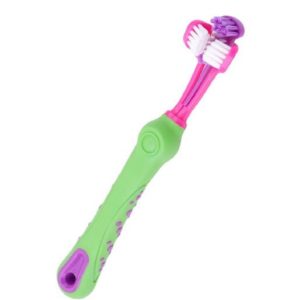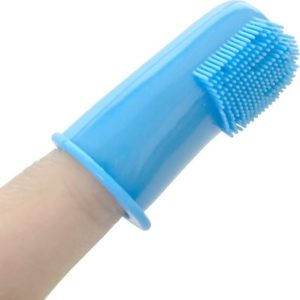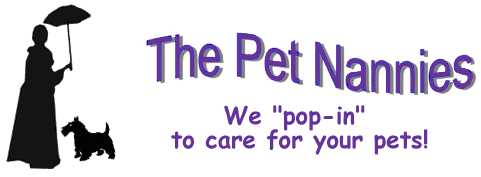 28 SEPTEMBER 2018
28 SEPTEMBER 2018
My first blog is about brushing your dog's teeth. My dog Zane is approximately 11 years old. I don't know his exact age because he was  rescued from the Zanesville, Ohio dog shelter 9 years ago. I'm so lucky to have him in my life. He is the sweetest boy!
rescued from the Zanesville, Ohio dog shelter 9 years ago. I'm so lucky to have him in my life. He is the sweetest boy!
Unfortunately I've never gotten in the habit of brushing his teeth. He has been fed dry food all his life with me and I also occasionally give him a raw marrow bone to chew on. But he now has a lot of tartar on his teeth. I have decided to start brushing his teeth to see if that will help improve the situation. Brushing your dog's teeth can help prevent periodontitis, an inflammation or infection of the tissues surrounding the teeth. If left untreated, periodontal disease can affect the tooth socket and lead to pain and the loss of teeth.
The first step is to choose a toothbrush. You can always use a brush that is designed for humans. However, you may want to choose a pet specific brush. First of all, the bristles of those tend to be softer for the more sensitive mouths of our pets. Second, there are several types from which to choose that are designed specifically for the task at hand. There are ones that look just like a human toothbrush but they tend to have longer handles. Some have angled  handles to help reach into the back of the dog's mouth. Others have brushes on both ends of the
handles to help reach into the back of the dog's mouth. Others have brushes on both ends of the  handles. Since I have more than one dog this style may be the one for me. Another type has a brush end with multiple heads so that you can brush the inside, outside and top surfaces of the teeth at the same time. Yet another type is the finger toothbrush which is designed to fit over the tip of your finger. You'll use your finger to actually brush the teeth.
handles. Since I have more than one dog this style may be the one for me. Another type has a brush end with multiple heads so that you can brush the inside, outside and top surfaces of the teeth at the same time. Yet another type is the finger toothbrush which is designed to fit over the tip of your finger. You'll use your finger to actually brush the teeth.  Some feel this is the easiest brush to use when first starting to brush your dog's teeth. Regardless of which brush you choose, you'll want to be gentle and go slowly. You don't want to accidentally poke his gums and cause irritation or pain.
Some feel this is the easiest brush to use when first starting to brush your dog's teeth. Regardless of which brush you choose, you'll want to be gentle and go slowly. You don't want to accidentally poke his gums and cause irritation or pain.
Step Two: Toothpaste. You do not want to use human toothpaste because it can upset your dog's stomach. The same can happen with baking soda. You will want to use a toothpaste made specifically for dogs. These come in flavors that are pleasing to the dog and will make him more accepting of having his teeth brushed.
Step Three: Introduce brushing to your dog. You'll want to get your dog used to the toothbrush and toothpaste before starting in on actually brushing the teeth. Choose a comfortable location with good lighting for this task. Start by touching your dog's teeth and gums using your fingers without any brush. Lift the top lip up and hold it while you touch the teeth. Pull the bottom lip down and touch the bottom teeth. Use praise and rewards when he accepts this. You may need to repeat this step several times over the next few days before your dog is comfortable with your fingers in his mouth. Take your time and don't force him. Once he accepts having his teeth touched, introduce him to the brush. Touch the toothbrush to the teeth, touching the front, side and back teeth on top and bottom. Reward him for tolerating this step.
Step Four: Introduce toothpaste to your dog. Put some of the paste on your finger and allow your dog to lick it off.
Step Five: Start brushing. Add toothpaste to the brush and start by brushing the outside surface of the top teeth (the side that faces the cheeks). Pull up the upper lip and brush the upper front teeth. Be gentle and praise/reward your dog! Move farther back in the mouth to brush the upper teeth on both sides of the mouth and finally move to the back teeth. Hold the bottom lip out and brush the lower front teeth. Proceed slowly and gently to the side and back teeth.
Step Six: Brushing the inside of the teeth: The inside surface of the teeth (the side closest to the tongue) will be a little harder to brush, so add this step after you have successfully brushed the outside of the teeth several times. Don't forget to reward your dog!
Additional Information: It is recommended to brush your dog's teeth once per day. Be sure to wash your hands with soap and water after you are finished. Rinse the toothbrush thoroughly before putting it away, and replace the toothbrush every three months. If you have several dogs, you should have a different toothbrush for each of them.
I'm going to start this procedure on Zane. I'll let you know how it goes!
Amy, The Pet Nanny



1 Response